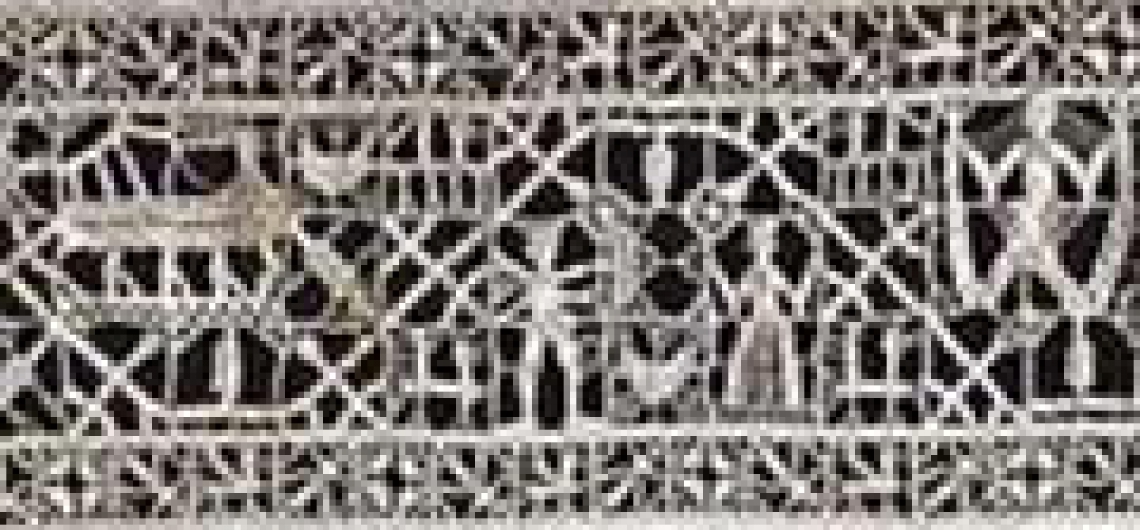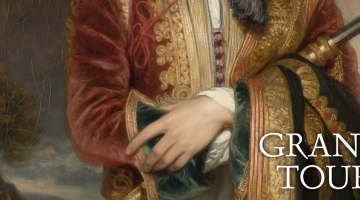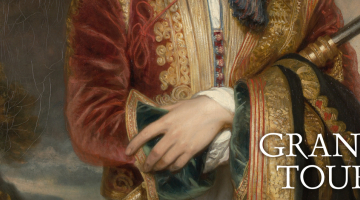The Greek lace from the V&A collections, presented in this exhibition, offers a small, yet comprehensive sample of the techniques used in Greece from the sixteenth to the twentieth century. These techniques include needle lace, whether in the early form of lace embroidered on drawn-thread material, or that of bibila (small needle-lace floral motifs), very common throughout Greece; and bobbin lace.
Of particular interest is the Cretan lace, the predominant kind of Greek lace in the V&A collection. The collection was gathered by Thomas Sandwith, British Consul in Chania for the period 1870-1885. A portion of the Sandwith collection was donated by his descendants to the Historical Archive of Crete in 1975 and is displayed alongside the V&A collection.
The narrow bands in the V&A collection also provide information about the use of lace in Greece: It was used mainly to decorate the borders and seams of garments, and consequently was never used to cover very large surfaces, in contrast with European lace. This fact, in combination with the origins and arrangement of the various motifs with which it was decorated, constitute its main aesthetic feature.
The exhibition was organised within the framework of the
XII International Conference of the OIDF, the International Bobbin and Needle Lace Organisation which will take place in Athens (26-28 May 2006).

 EXHIBITION
EXHIBITION
 EXHIBITION
EXHIBITION
 EXHIBITION
EXHIBITION
 EXHIBITION
EXHIBITION
 EXHIBITION
EXHIBITION
 EXHIBITION
EXHIBITION
 EXHIBITION
EXHIBITION
 EXHIBITION
EXHIBITION